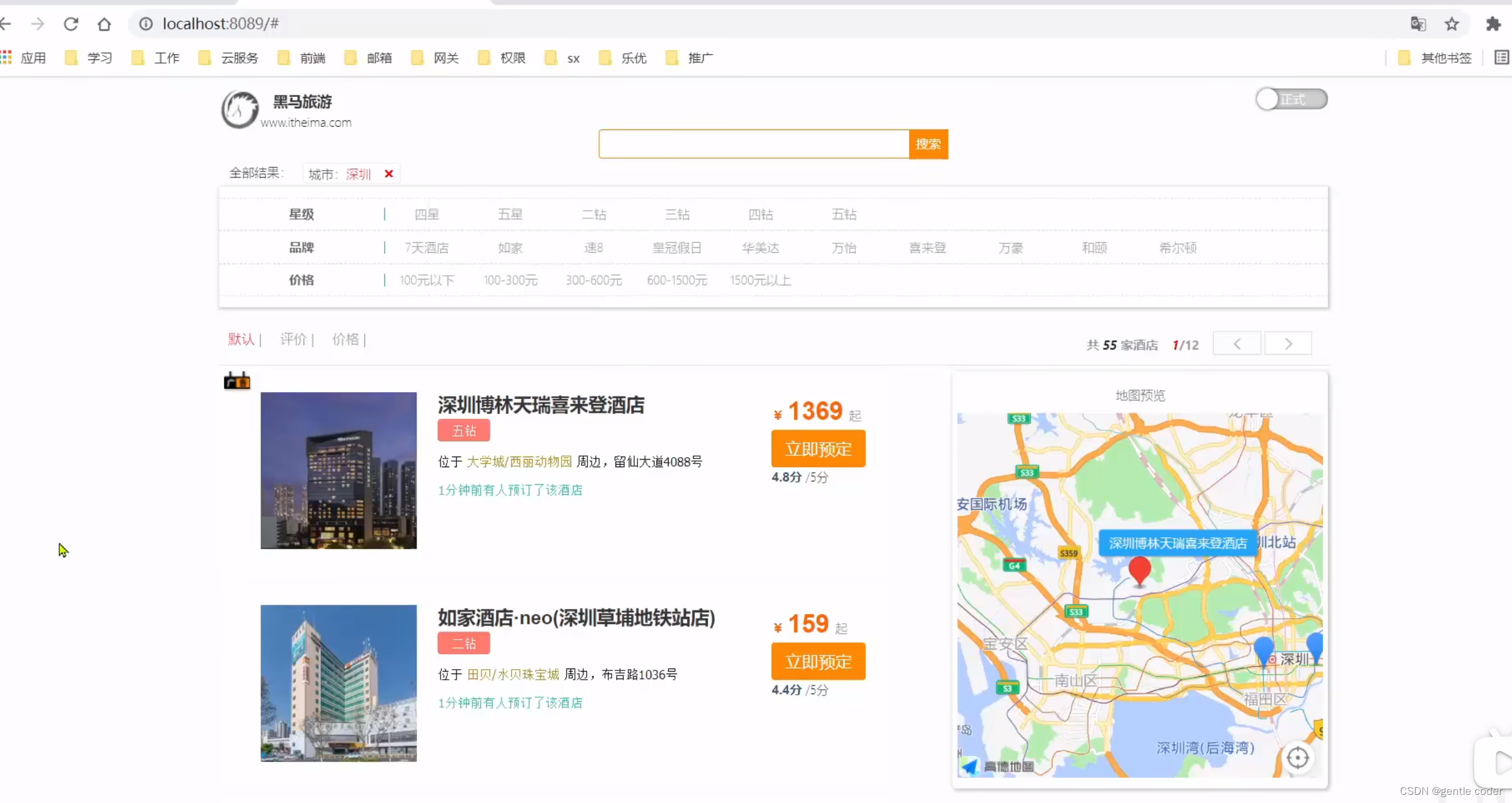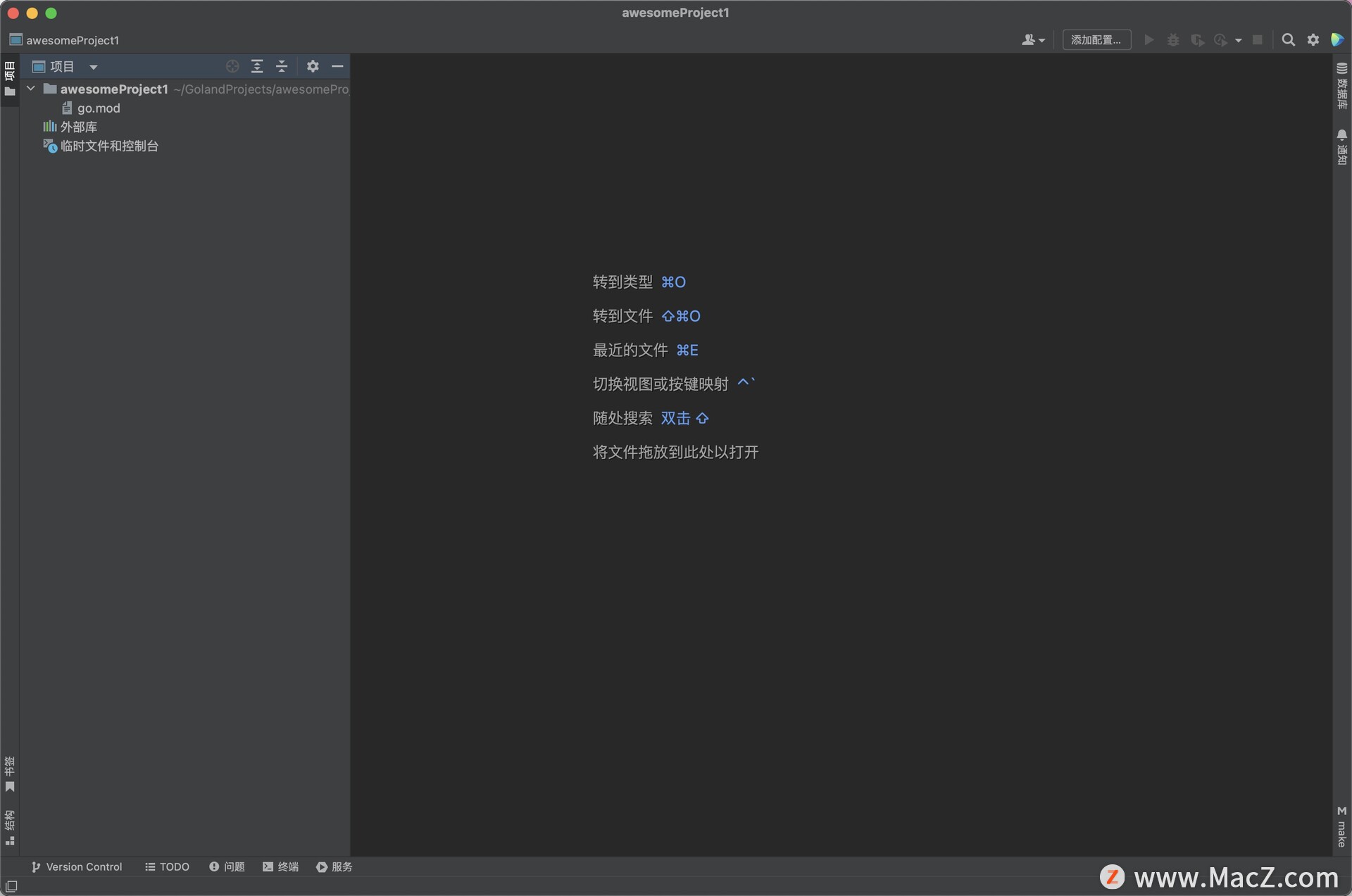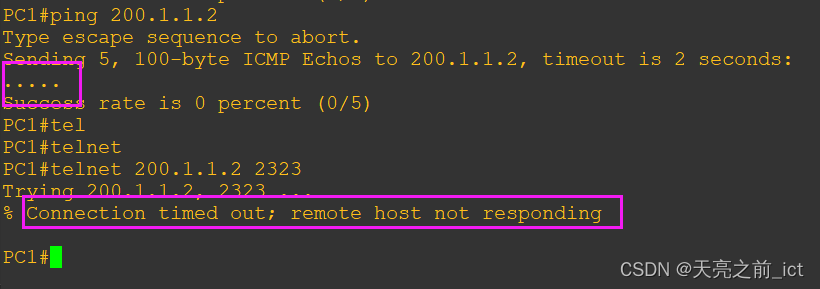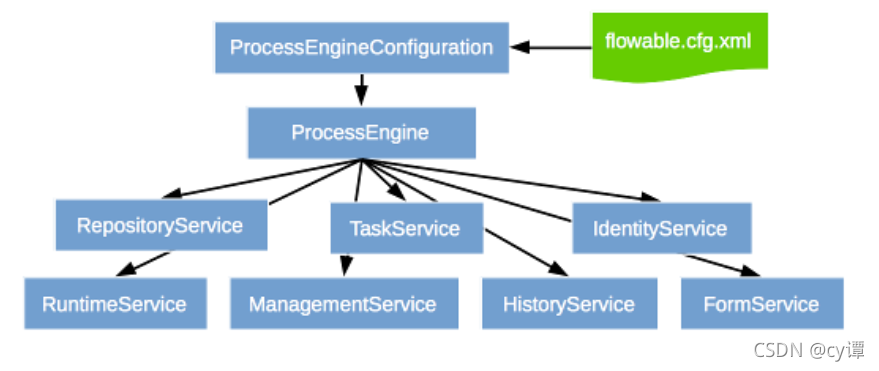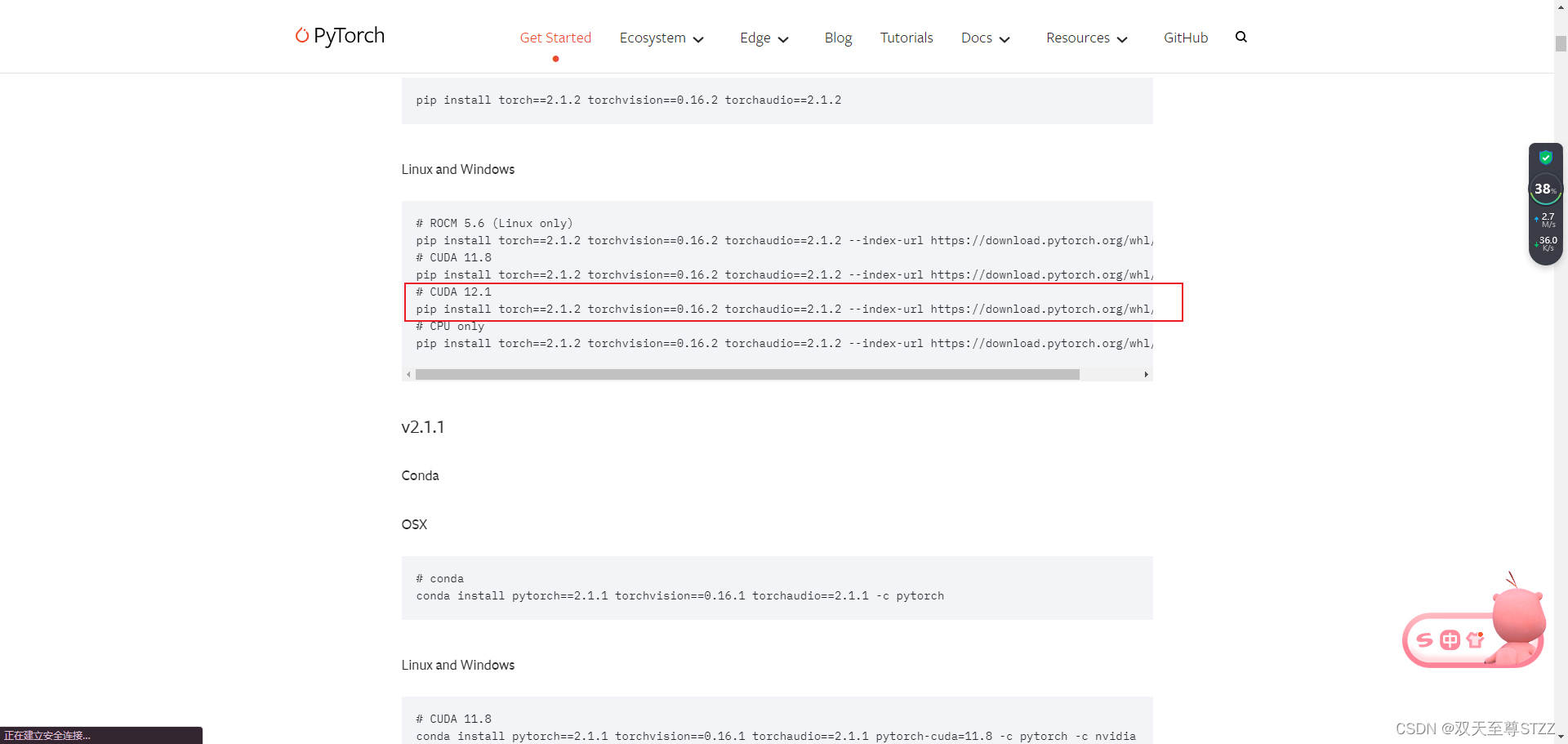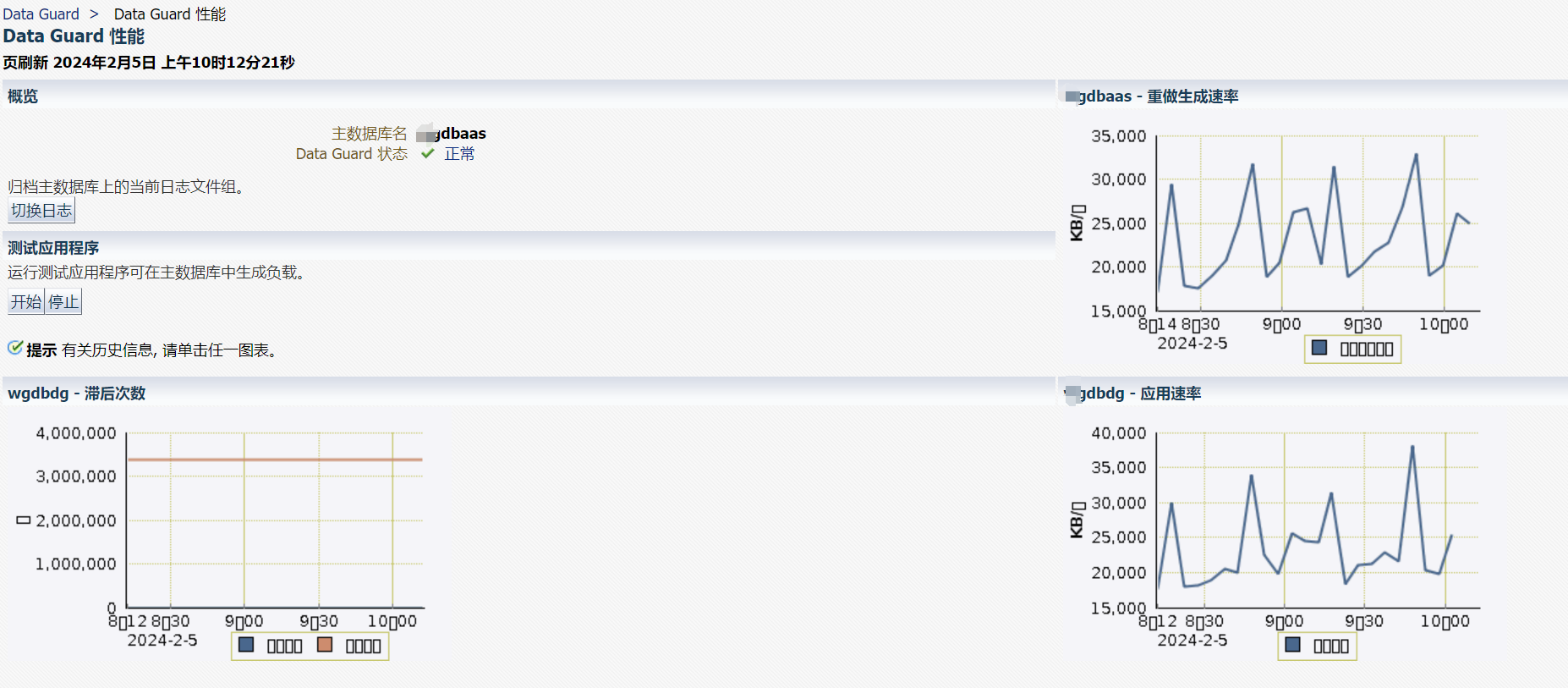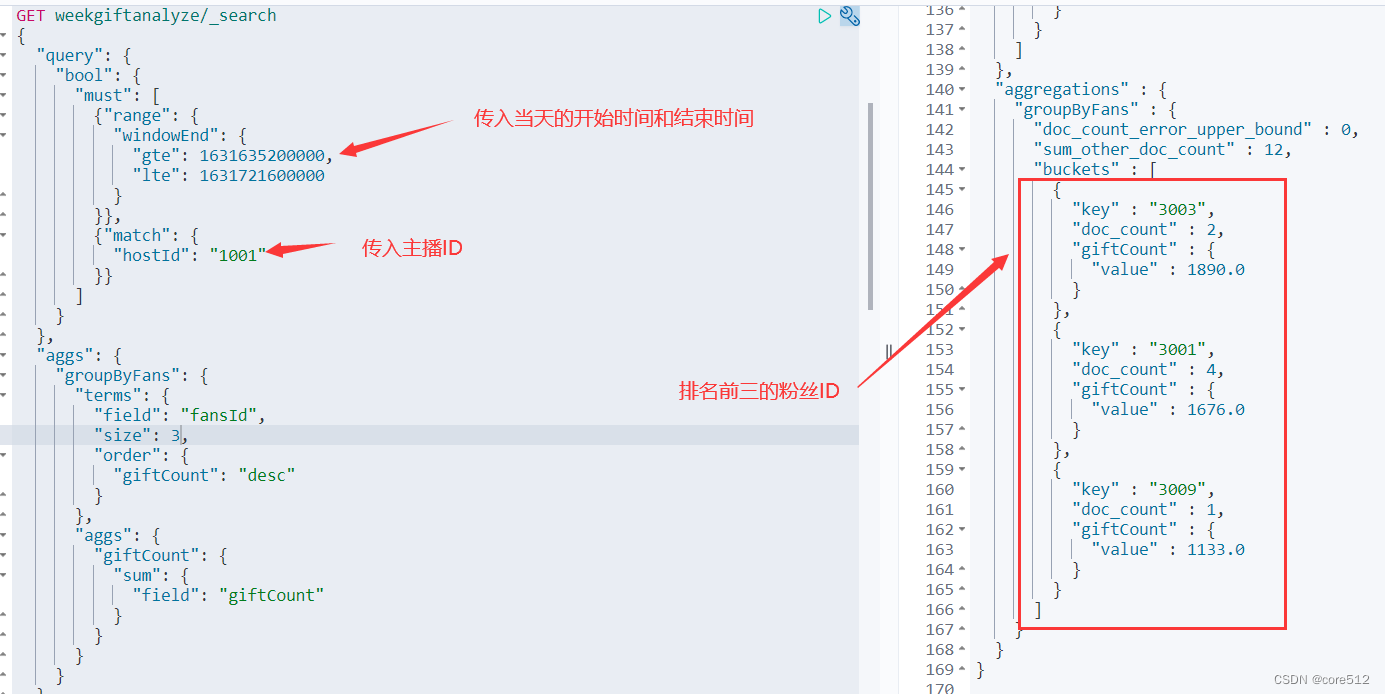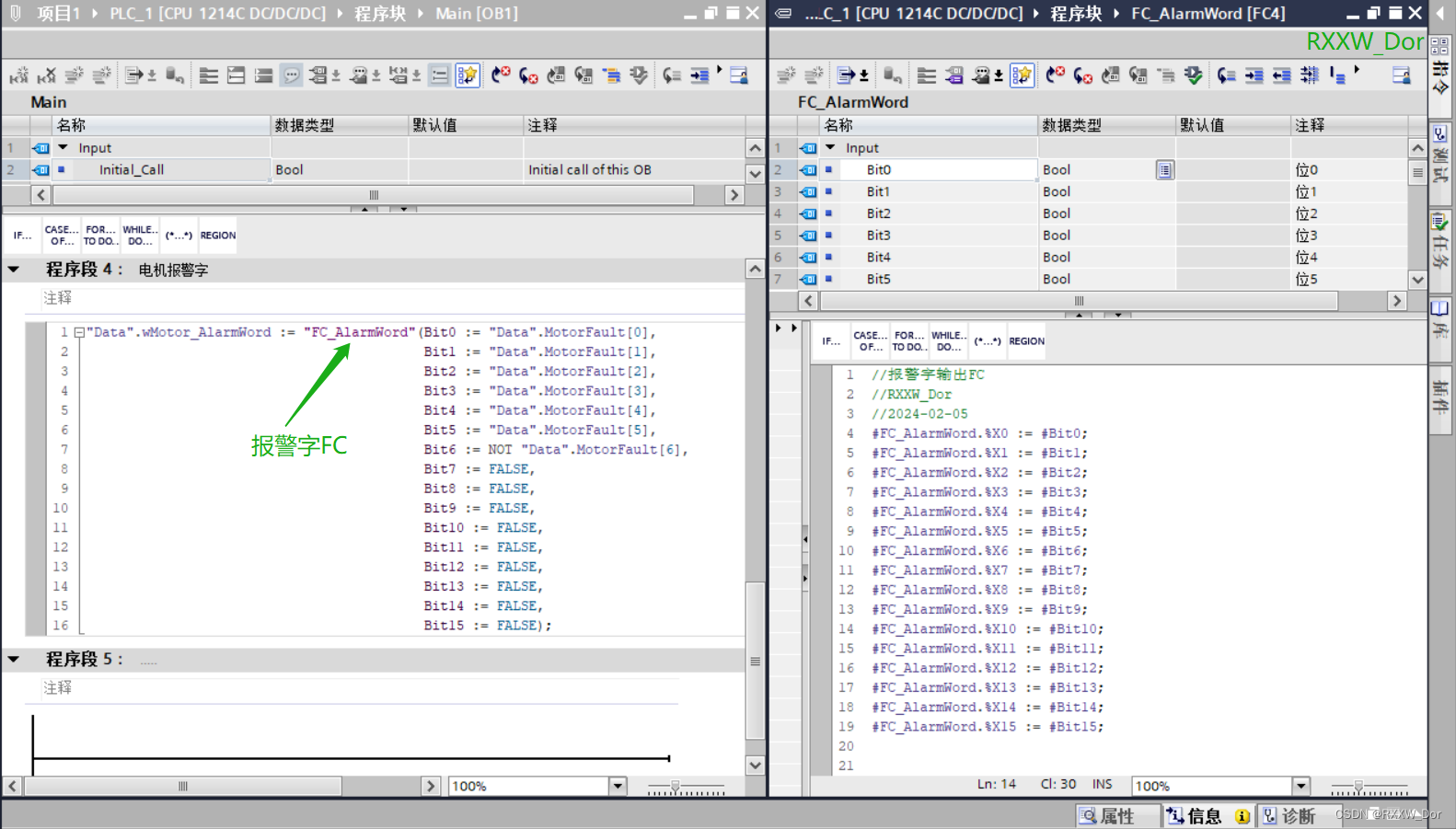一、同步和异步的概念
首先同步和异步是访问数据的机制
- 同步:同步一般指主动请求并等待IO操作完成的方式
- 异步:主动请求数据后便可以继续处理其它任务,随后等待IO操作完毕的通知
两者的区别:同步会一行一行执行代码,而异步会跳过一段接着执行后面的代码(比如回调函数就是异步的一种形式)。
二、同步与异步demo
1.同步
#include<iostream>
#include<thread>
#include<mutex>
#include<list>
#include<sstream> //拼接字符串using namespace std;
condition_variable cond; //通知信号static mutex mtx;
list<string> mesg;void ReadTest(int i)
{for (;;){if (mesg.empty()){this_thread::sleep_for(10ms);continue;}unique_lock<mutex> lock(mtx);cond.wait(lock);cout << i<<"thread recive mseg :" << mesg.front() << endl;mesg.pop_front();}
}
void WriteTest()
{int i = 0;for (;;){this_thread::sleep_for(30ms);unique_lock<mutex> lock(mtx);stringstream ss;ss << "mesg" << i++;mesg.push_back(ss.str());cond.notify_one();cout << "send mesg" << endl;}}
int main()
{thread th(WriteTest);th.detach();for (int i = 0;i < 3;i++){thread th(ReadTest,i+1);th.detach();}getchar();return 0;
}
发送消息后,另一接受线程收到后,发送线程才能继续发送
2.异步
#include<iostream>
#include<future>
#include <chrono>
using namespace std;typedef void(*CB)();void callback()
{cout << "Cb" << endl;for (int i = 0; i < 10; i++){cout << i + 1 << endl;this_thread::sleep_for(200ms);}
}void CbTest(CB cb)
{cout << "CbTest" << endl;// 创建异步任务来执行回调函数std::future<void> fut = std::async(std::launch::async, cb);// 主线程继续执行其他操作cout << "Main thread continues" << endl;cout << "test" << endl;// 等待异步任务完成fut.get();
}int main()
{CB cb = callback;CbTest(cb);return 0;
}
在执行循环的同时 也执行了打印test这行代码
三、阻塞与非阻塞
2.1 阻塞
阻塞就是把线程堵住了,线程不能去干别的事。在阻塞情况下,用户线程读取内核空间数据,如果此时没有数据返回,那么当前线程就会被堵住,一直等到有数据返回后,当前线程才会返回响应结果。
2.2 非阻塞
非阻塞就是线程没有被堵住,当前线程想干啥干啥。对于非阻塞情况,用户线程读取内核空间数据,不管此时有没有数据返回给线程,当前线程都会直接返回响应结果,而不会一直在原地等待数据。

